A Living Classroom: Planting Food Forests in Schools and Communities
- Frida Keegan

- Jul 7
- 4 min read
Updated: Jul 16
More and more schools are embracing that most meaningful learning happens outdoors—where curiosity grows wild, hands get muddy, and connections to the living world come alive. Food forests offer a rich, regenerative environment for this kind of learning: where students can engage with nature, grow real food, and witness ecosystems in action.
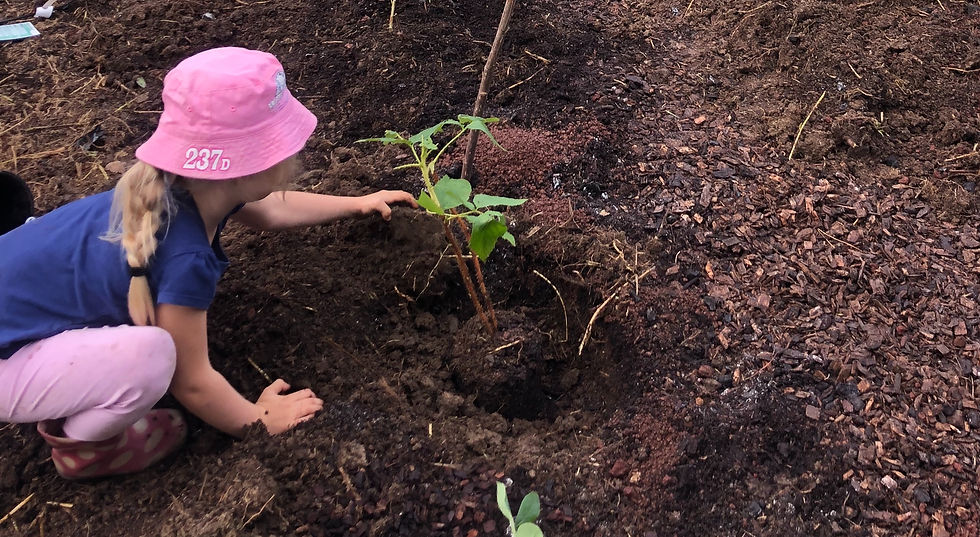
At Tree Born, we design small, scalable food forests tailored to schools, early childhood centres, and community spaces. These 20m² hexagon-shaped ecosystems grow food, foster biodiversity, and providehands-on learning opportunities for students of all ages. Designed to evolve over time, these living spaces grow and change alongside the children who care for them—year after year.

Why Plant a Food Forest at Your School or Community Centre?
Children thrive in environments that give them space to explore, and participate in something meaningful. A food forest gives them that space.
It becomes a place where learning goes beyond books—where students witness the cycle of seasons, understand the role of insects and fungi, and experience how care and attention lead to growth. These forests invite curiosity. They offer shelter, flavour, colour, and connection.
Key benefits for schools include:
Access to a dynamic, outdoor classroom
Integration across curriculum areas like science, health, and art
A hands-on model for environmental education
New harvests over seasons and years for school use
Improved biodiversity and soil health on school grounds
A calming space for play, reflection, and sensory engagement
When students feel grounded in a place, their learning deepens. When they contribute to something tangible, they remember it.
What Makes a Tree Born Forest?
Our school forests are based on a 20m² hexagonal layout. This shape allows them to be easily replicated or expanded—like honeycomb. A school may begin with one, then add more each year, or inspire families to create their own at home.
Each planting includes a central fruit or canopy tree, surrounded by layered companion plants—herbs, shrubs, groundcovers, vines, and root crops. These are selected based on the local climate, school needs, and available care.
These are not quick-fix gardens. They are layered, long-term ecosystems that grow richer with time and attention.
Each Seed Forest project includes:
A personalised planting plan based on the principles of Syntropic Agroforestry—designed specifically for your site, climate, and educational goals.
A planting and teaching day with students, staff, or the wider community, bringing everyone into the heart of the project through hands-on learning and connection.
A tailored care guide to support school staff or volunteers in maintaining the forest with confidence and ease.
A custom children’s book, written to engage young learners with their forest—playfully introducing key management needs and nurturing a sense of care, wonder, and responsibility.
Ongoing support for the first two years—online, and in-person where possible—to help the forest thrive and to empower your community with the knowledge and tools to care for it well.
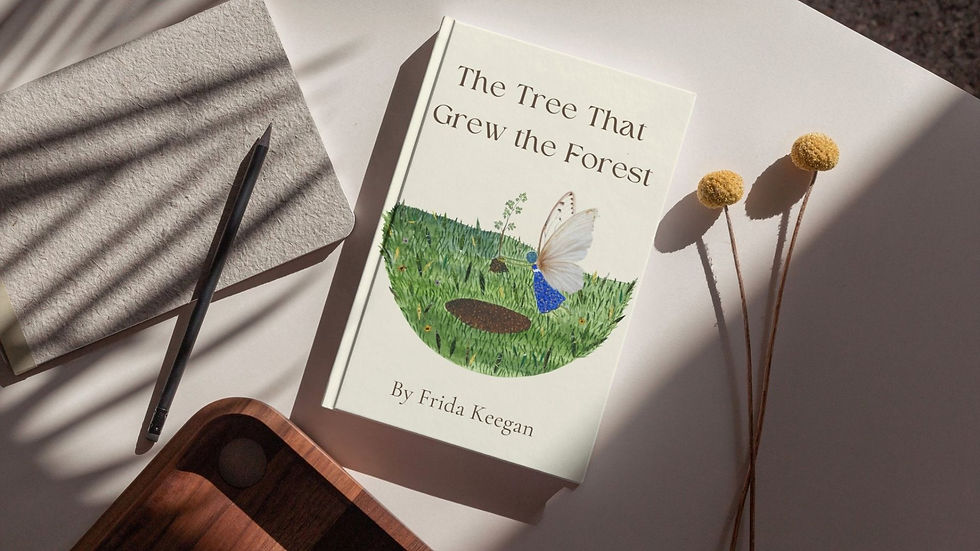
The Syntropic Foundation
Tree Born’s food forests are grounded in the principles of Syntropic Agroforestry—a regenerative land management practice rooted in the observation of how natural systems build fertility, complexity, and life.
This method encourages the planting of diverse species in thoughtful arrangements, following the natural rhythms of succession and cooperation. In syntropy, we accelerate what nature is already trying to do—restore and regenerate.

Key principles include:
Successional planting: understanding that ecosystems evolve over time, and planting accordingly
Diversity and density: planting multiple species in layers that support one another
Pruning and care cycles: learning how to work with natural plant rhythms
Minimal external inputs: using the system's own resources rather than importing fertility
Observation and feedback: teaching students to read the land and adjust with care
These forests don’t rely on fertilisers, sprays, or long-term irrigation. With the right design and attention in the early stages, they build resilience and self-sufficiency.
A Model That Can Grow With Your Community
What starts at school doesn’t have to stay at school. Many of our projects are designed with replication in mind. Students can grow seedlings from their forest to take home—bringing what they’ve learned into their own backyards.
Imagine a school where every student leaves with their own edible or medicinal plant. Imagine neighbourhoods where families begin planting their own patches, inspired by what their children helped build at school.
Each Tree Born forest becomes a centre point for community connection. Local families can visit, learn, and even volunteer in the space. School events can include garden tours, tastings, or seasonal celebrations. These forests become part of the school’s identity—an expression of its values and vision for the future.
Practical Resilience in Uncertain Times
There’s a quiet urgency to this work. Our current systems—food, education, climate—are under strain. Families face growing food costs. Children spend less time outside. Biodiversity continues to decline.
Food forests offer a practical, hopeful response. They bring food security closer to home. They provide habitats for birds, bees, and beneficial insects. They teach ecological literacy in a time when understanding nature is no longer optional, but essential.
These forests don’t promise perfection. They offer participation. A chance to become involved in something generative and grounded.

Let’s Plant Learning That Lasts
If you’re a teacher, principal, or community leader ready to bring ecological learning into your space, we’d love to work with you.
At Tree Born, we believe education should be embodied, seasonal, and place-based. We believe that food should grow where children learn. And we believe that the future depends on our willingness to nurture both plants and people—starting small, and starting now.
Together, let’s grow forests that teach, feed, and connect.
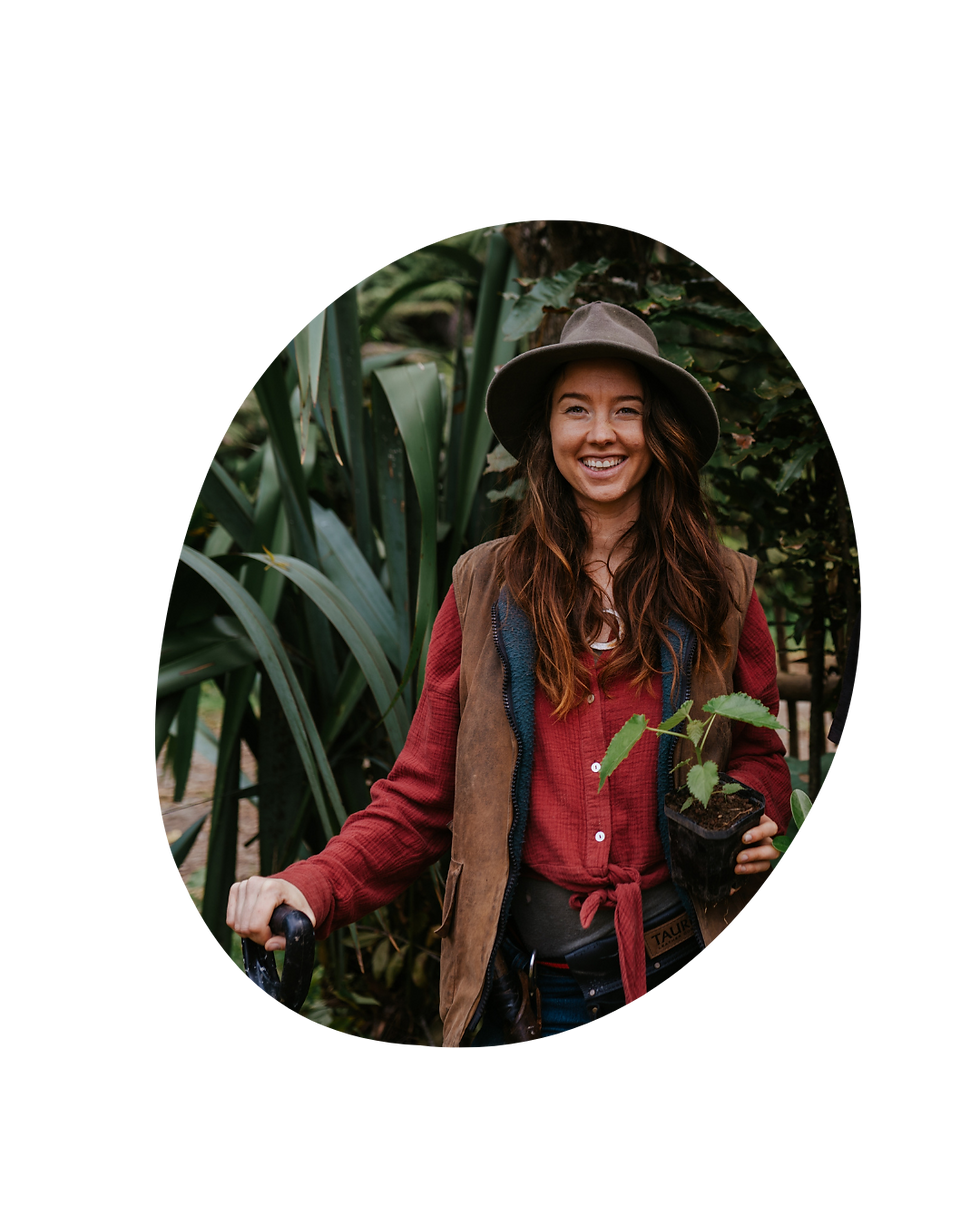
Frida Keegan
Co-founder of Tree Born, Sapp and PermaDynamics.
Writer for On The Land Magazine


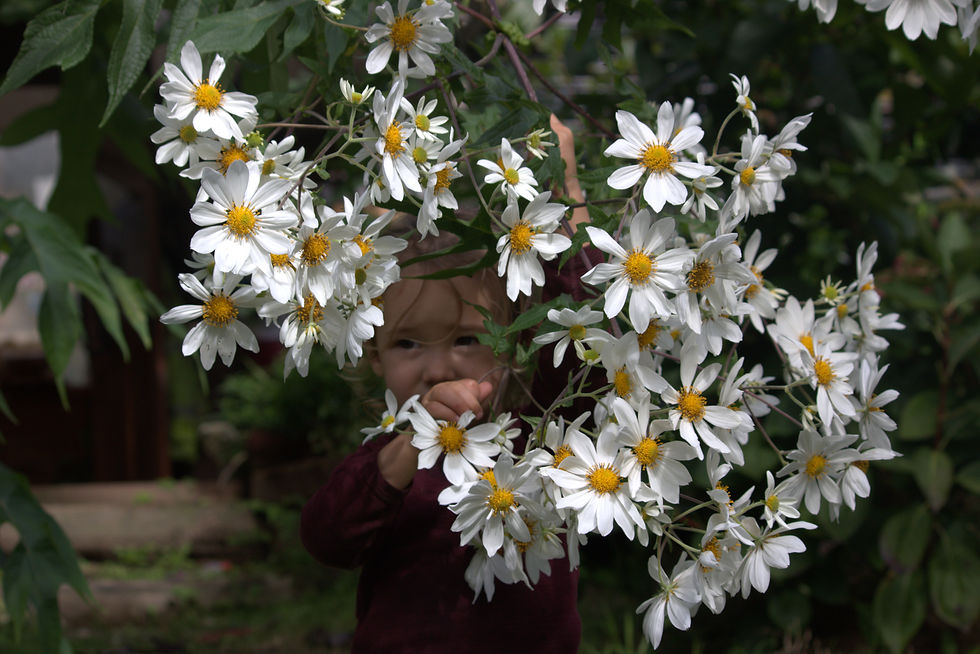
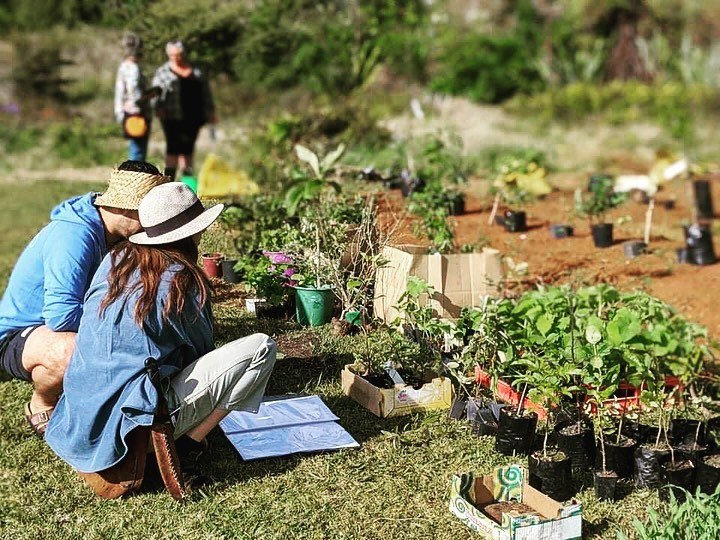
Comments